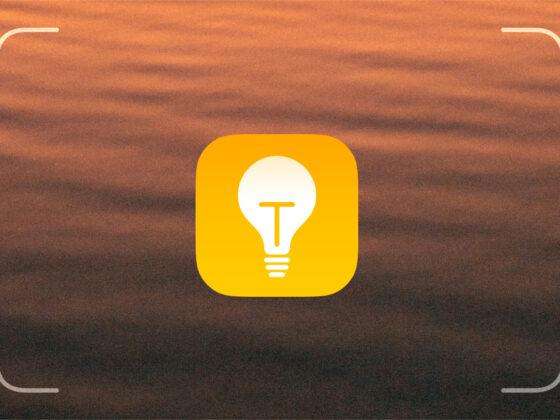The base iPhone 12 lands perfectly in the middle of the current iPhone lineup. It packs a bigger performance punch than the smaller iPhone 12 Mini or the iPhone SE but still doesn’t cost quite as much as either of the Pro models. So if it’s time to upgrade your phone and you’re hoping to step up your photography without breaking the bank, iPhone 12 is worth a look. This article goes in-depth on all of the features available on the iPhone 12 camera and will outline everything this model has to offer.
The iPhone 12 camera: Megapixels and other specs
On paper, iPhone 12’s camera looks almost identical to its Pro model counterpart. Both the front and rear cameras on iPhone 12 have been upgraded to a 12-megapixel camera. But one of the biggest differences is the lack of a LiDAR Scanner to improve Night and Portrait mode shots. But make no mistake — iPhone 12 is still capable of stunning pictures using both of those modes.
Here are the technical specs for iPhone 12’s camera:
- 12 megapixels
- Rear camera:
- Ultra Wide: ƒ/2.4 aperture
- Wide: ƒ/1.6 aperture
- Front camera:
- ƒ/2.2 aperture
- 2x optical zoom out
- 5x digital zoom
- Night mode
- Deep Fusion
- Portrait mode with advanced bokeh and Depth Control
- Portrait Lighting
- Smart HDR 3
How many cameras does the iPhone 12 have?
The rear camera system on iPhone 12 only has two cameras: one with a Wide lens and an Ultra Wide lens.
A closer look at iPhone 12’s camera features
While it may not be on equal footing with the Pro lineup, iPhone 12 still benefits from some incredible performance upgrades on popular features. Here are a couple of examples that set this model apart.
Night mode
Thanks to a more powerful processor, Night mode on iPhone 12 brightens up your pictures like never before. In fact, it’s impressive to see just how bright your low-light photos can get.
The one downside is the level of noise or grain that will be present in your pictures if you scale them up in size. But that only becomes an issue if you’re trying to view your images on a larger screen or print them. If you’re primarily sharing your pics on social media, you won’t be able to see any of that.
Portrait mode
Portrait mode is the feature that blurs the background behind your photo’s subject to create what’s called a bokeh effect. If you’re upgrading from an iPhone that already has Portrait mode, you’re going to love the results you get with iPhone 12. That said, there are some cases when the effect can feel unnatural and a bit abrupt. This is mainly due to the lack of a LiDAR scanner in the base iPhone 12 model.
Camera zoom
Unlike older iPhone models with two rear cameras, iPhone 12 has a Wide and Ultra Wide lens. As a result, the optical zoom only goes up to 2x, while the digital zoom goes up to 5x. If you’re not clear on the difference between optical zoom and digital zoom, an optical zoom takes place within the lenses, while a digital zoom takes an image from your Wide lens and simply scales it up 5x. Often, using digital zoom will get you blurry and noisy pictures.
Video quality
iPhone 12 saw massive improvements in video quality. You can still record 4K videos at up to 60 frames per second. But now, it’s also capable of HDR videos up to 30 frames per second with Dolby Vision. If you’re not sure why Dolby Vision is such a big deal, it’s because this technology has only just begun to be used on some of the biggest Hollywood blockbusters, and you already have access to the same level of HDR quality in your phone.
Our verdict on the iPhone 12 camera
Is the iPhone 12 camera perfect? No — but it’s pretty close! Admittedly, it lacks some of the niceties available on the iPhone 12 Pro, but depending on what model of phone you’re upgrading from, this one is still likely to be a huge step forward.
There’s a lot to love about iPhone 12’s camera. Its new features, coupled with iPhone 12’s powerful new processor, can result in some amazing photos. And if you’re curious how it stacks up against iPhone 13, check out this iPhone 12 vs 13 comparison we published.



